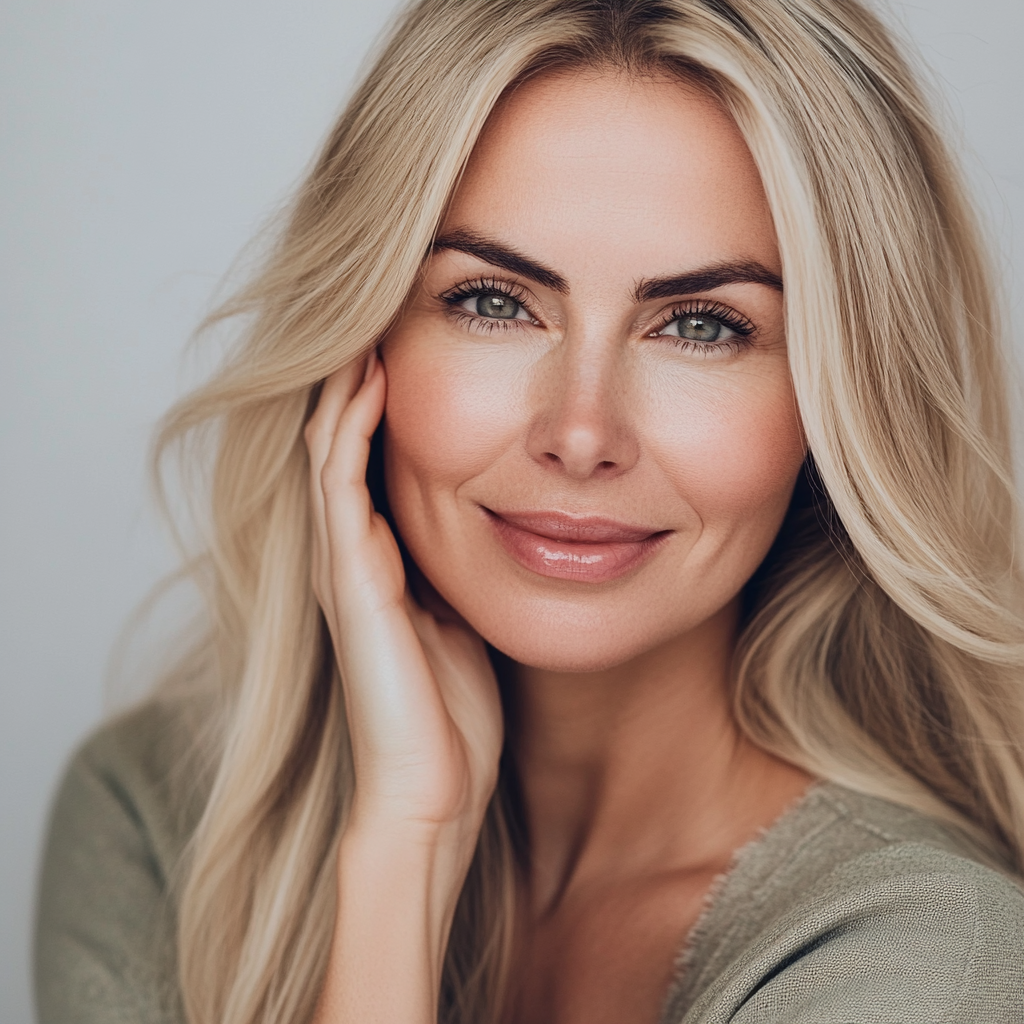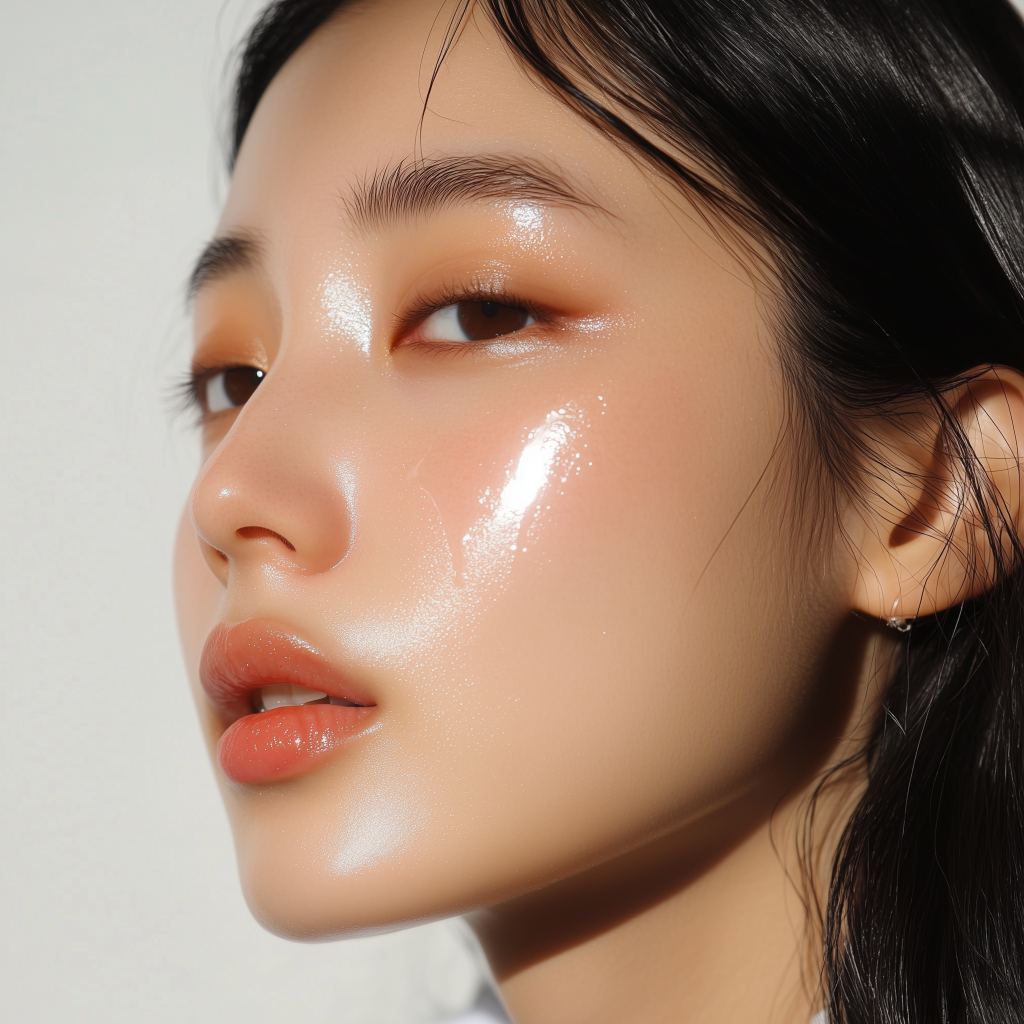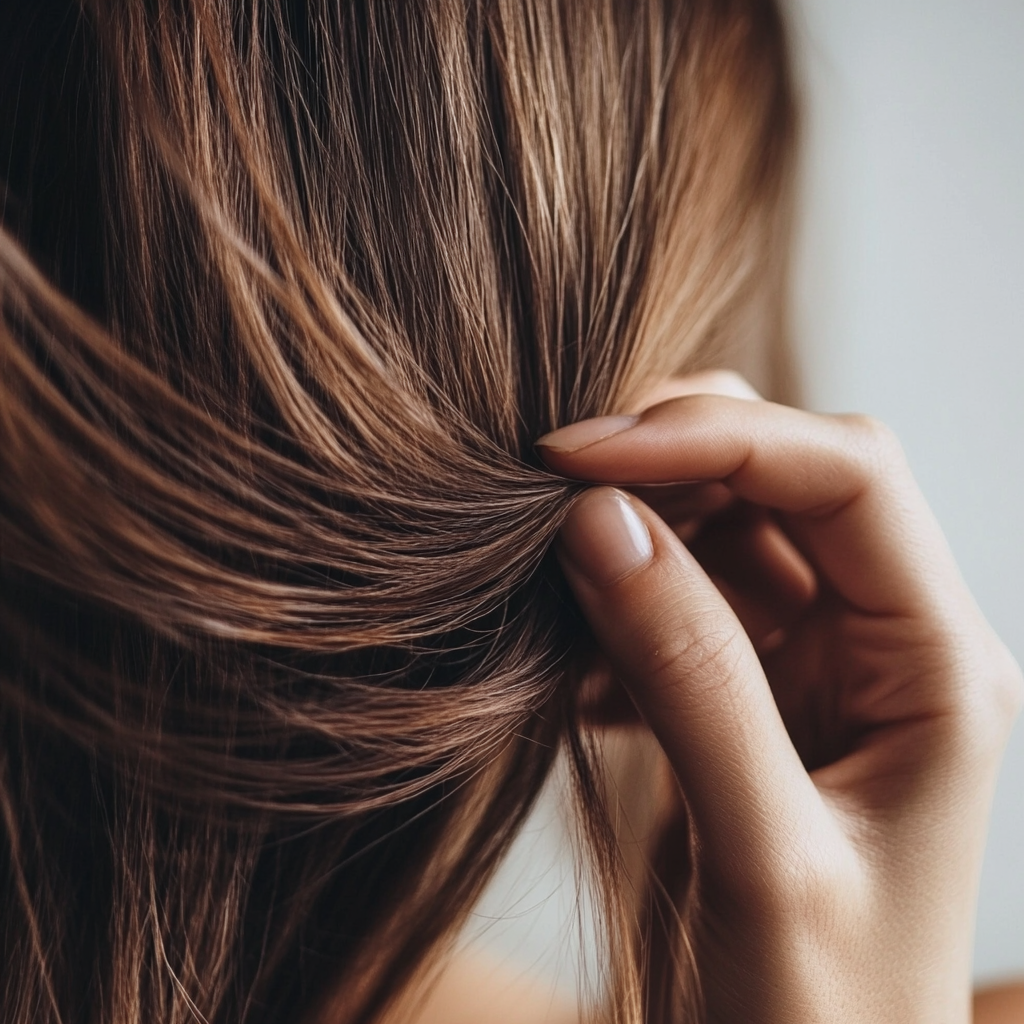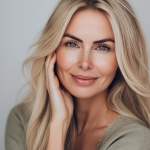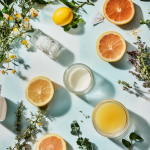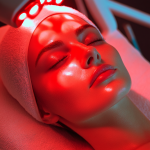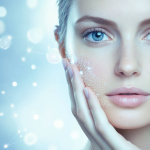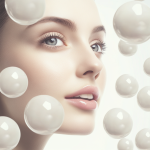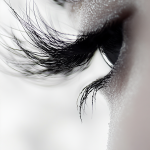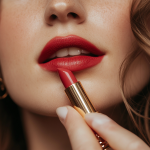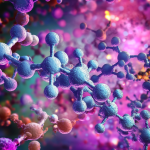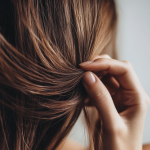Now Reading: Skin Cycling: Is This TikTok Trend Really Worth the Hype?
-
01
Skin Cycling: Is This TikTok Trend Really Worth the Hype?
Skin Cycling: Is This TikTok Trend Really Worth the Hype?
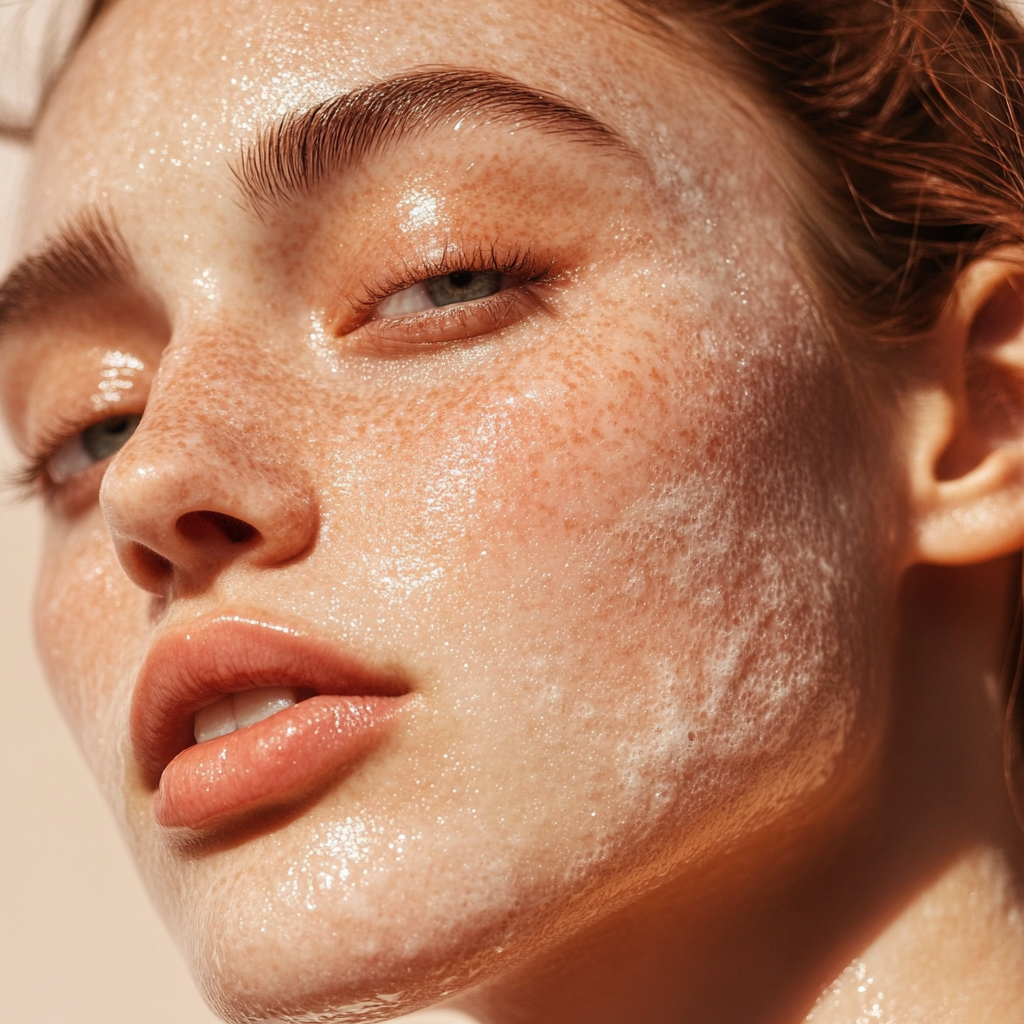
Introduction
The beauty world is constantly evolving, and TikTok has become a driving force behind the latest skincare trends. One routine that has taken social media by storm is Skin Cycling – a strategic, science-backed approach to skincare that alternates active ingredients for optimal skin health. But does this viral method live up to the hype, or is it just another passing trend?
Dermatologists and skincare experts weigh in on whether Skin Cycling is a game-changer or overhyped skincare fluff. Let’s break it down.
What Is Skin Cycling?
Skin Cycling is a 4-night rotating skincare routine designed to minimise irritation while maximising the benefits of active ingredients like retinoids, exfoliating acids, and deep hydration. It was popularised by Dr. Whitney Bowe, a board-certified dermatologist, and quickly went viral as an easy-to-follow regimen for all skin types.
The 4-Night Skin Cycling Routine:
🔹 Night 1 – Exfoliation (AHAs, BHAs, or PHAs to resurface the skin)
🔹 Night 2 – Retinoid Treatment (Boosts cell turnover and collagen production)
🔹 Nights 3 & 4 – Recovery (Barrier-repairing ingredients like ceramides, peptides, and slugging)
After Night 4, the cycle repeats. This method allows the skin to reap the benefits of actives without over-exfoliation or irritation.
The Science Behind Skin Cycling
Why It Works
✅ Prevents Over-Exfoliation: Alternating actives helps avoid skin barrier damage and inflammation.
✅ Enhances Ingredient Absorption: Giving the skin a break allows actives to work more effectively.
✅ Reduces Irritation from Retinol: Retinoids can cause redness and peeling – cycling them in makes adaptation easier.
✅ Strengthens the Skin Barrier: Recovery nights focus on hydration and repair, crucial for maintaining a healthy skin barrier.
Who Benefits the Most?
🌟 Beginners to Actives: If you’re new to retinol, AHAs, or exfoliation, this method introduces them gradually.
🌟 Sensitive Skin Types: Avoids irritation caused by daily use of harsh actives.
🌟 Acne-Prone & Aging Skin: Balances acne-fighting and anti-aging ingredients while maintaining hydration.
Breaking Down Each Step: How to Do Skin Cycling the Right Way
Night 1: Exfoliation (Chemical, Not Physical)
Exfoliating removes dead skin cells, unclogs pores, and preps skin for better absorption of future treatments.
🔹 Best Ingredients:
- Glycolic Acid – Brightens and smooths skin.
- Lactic Acid – Hydrates while exfoliating (great for dry skin).
- Salicylic Acid – Penetrates deep into pores (ideal for acne-prone skin).
- Polyhydroxy Acids (PHAs) – Gentle exfoliation (best for sensitive skin).
🚫 Avoid: Harsh scrubs that cause micro-tears in the skin.
💡 Pro Tip: Follow with a soothing, hydrating moisturiser.
Night 2: Retinoid Treatment (The Game-Changer)
Retinoids (Vitamin A derivatives) stimulate cell turnover, reduce wrinkles, and fight acne. However, they can be drying and irritating if used too frequently.
🔹 Best Retinoids for Skin Cycling:
- Retinol (Over-the-counter) – A great beginner-friendly option.
- Retinaldehyde – Works faster than retinol but is gentler than prescription retinoids.
- Tretinoin (Prescription) – Most potent, but requires skin adaptation.
🚫 Avoid: Using retinoids with exfoliating acids on the same night – they can cause irritation.
💡 Pro Tip: Apply a moisturiser before or after retinol to buffer its strength if you have sensitive skin.
Nights 3 & 4: Recovery & Barrier Repair
These nights focus on nourishing and hydrating the skin, preventing irritation from actives used on previous nights.
🔹 Best Ingredients for Recovery Nights:
- Ceramides – Strengthens the skin barrier.
- Hyaluronic Acid – Hydrates and plumps the skin.
- Peptides – Supports collagen production and repair.
- Niacinamide – Soothes inflammation and brightens skin.
- Melatonin – An antioxidant that helps reduce oxidative stress overnight.
🚫 Avoid: Using strong actives (retinol, acids) on these nights – let your skin rest.
💡 Pro Tip: Slugging (applying an occlusive layer like petroleum jelly on top of your moisturiser) can be an optional step for ultra-hydration.
Does Skin Cycling Work for All Skin Types?
🟢 Best for: ✔ Sensitive Skin ✔ Acne-Prone Skin ✔ Dry & Dehydrated Skin ✔ Aging & Wrinkle-Prone Skin
🔴 May Not Work For:
✖ Those who need daily actives (e.g., prescription-strength acne treatments).
✖ Very oily skin types who require more frequent exfoliation.
✖ Those using prescription-strength tretinoin (which may not require cycling).
Common Mistakes to Avoid in Skin Cycling
🚫 Skipping Sunscreen – Actives make skin more sensitive to UV damage—SPF 30+ is a must.
🚫 Not Moisturising Enough – Even oily skin needs hydration, especially on recovery nights.
🚫 Using Too Many Harsh Products – Mixing multiple actives can cause irritation instead of results.
🚫 Expecting Instant Results – Skin Cycling takes 4-8 weeks for visible improvements.
Final Verdict: Is Skin Cycling Worth Trying?
✅ YES! If you’re struggling with skin sensitivity, irritation, or are new to actives, Skin Cycling is a gentle, effective way to build a skincare routine.
✅ Maybe Not. If your skin tolerates daily actives well, you may not need Skin Cycling.
Dermatologist-Approved Takeaway:
🔹 Pros: Reduces irritation, improves skin barrier health, easy to follow.
🔹 Cons: Not ideal for those needing daily actives.
🔹 Best for: Beginners, sensitive skin, and those looking to optimise their active ingredients.












